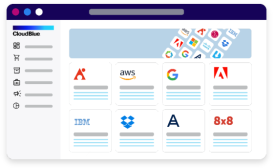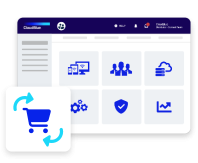Catalog management, in the context of Product Information Management (PIM), refers to the process of creating, organizing, and maintaining product catalogs within a PIM system. It involves managing the structure, content, and presentation of product information to create comprehensive and consistent catalogs for various channels and touchpoints.
Catalog management in PIM includes the following key aspects:
- Product Categorization: It involves organizing products into logical categories and subcategories to create a hierarchical structure. This helps in navigating and browsing products easily, ensuring a user-friendly experience for customers. Product categorization also aids in searchability and facilitates efficient management of large product catalogs.
- Product Data Enrichment: Catalog management involves enriching product data by adding detailed and accurate information. This includes attributes like product descriptions, specifications, images, videos, pricing, availability, and other relevant data. The goal is to provide comprehensive and consistent product information to customers across different channels.
- Product Relationships: Catalog management allows businesses to define relationships between products. This includes cross-selling, upselling, accessory, or compatibility relationships. By establishing these relationships, businesses can effectively showcase related products and improve the discoverability of complementary items, thereby increasing the chances of cross-selling and upselling.
- Catalog Versioning and Publication: It involves managing multiple versions of catalogs to accommodate changes and updates. Catalog management enables businesses to create, edit, and publish catalogs at different stages of their product lifecycle. It ensures that the correct and up-to-date product information is distributed to the appropriate channels and stakeholders.
- Localization and Personalization: Catalog management in PIM allows for localization and personalization of catalogs. Businesses can create region-specific or language-specific versions of catalogs to cater to diverse markets. They can also tailor catalogs based on customer segments, providing personalized experiences by showcasing relevant products and offers.
- Channel-Specific Catalogs: Catalog management enables the creation of catalogs tailored for specific channels or touchpoints. It allows businesses to adapt product information and presentation to meet the requirements and formats of different sales channels, such as e-commerce websites, marketplaces, print catalogs, mobile apps, and more.
By effectively managing catalogs in PIM, businesses can ensure consistency, accuracy, and efficiency in presenting product information to customers. Catalog management streamlines the process of creating, organizing, and distributing product catalogs, resulting in improved customer experiences, increased sales, and enhanced operational efficiency.













